Lawsuits in Three States Target Groundwater Pollution under Clean Water Act
U.S. water law confronts hydrology.
By Brett Walton
Circle of Blue
The Clean Water Act, the landmark environmental statue that Congress passed in 1972, does not explicitly regulate the pollution of groundwater. That could change. Lawsuits before federal courts in three states argue that the federal government does have the power to hold polluters accountable — if the groundwater eventually flows into a river, lake, ocean, or stream already under Clean Water Act jurisdiction.
The cases — in U.S. district courts in Hawaii, North Carolina, and Virginia — are geographically diverse. Yet together, they represent a collision between federal water law and hydrological reality. There is no scientific dispute that, in many circumstances, groundwater is connected to rivers. Yet Congress did not mention groundwater when writing the act that is intended to prevent pollution of the nation’s waters.
What is at stake in these cases is the scope of federal regulatory authority. “There’s a potentially massive expansion of federal jurisdiction,” according to Seth Jaffe, a lawyer with Boston-based law firm Foley Hoag, who chairs the firm’s environmental practice.
Also at stake is the leverage that citizens have to force the U.S. Environmental Protection Agency to confront polluters. The citizen lawsuits that are permitted under the Clean Water Act are a powerful tool for environmental watchdogs, says Zachary Kearns, an attorney with Marten Law in Portland, Oregon. In contrast, state laws, which are the common avenue for addressing groundwater pollution, may not allow for lawsuits or limit their scope, and states themselves may be slow to respond to accusations of contamination.
The lawsuits come at an auspicious time for the Clean Water Act. The Obama administration’s attempt last year to clarify the act’s reach by issuing the Clean Water Rule was met with dozens of lawsuits by Republican attorneys general and farm lobbies. On October 6, 2015, the U.S. Court of Appeals for the Sixth Circuit halted implementation of the rule until the legal tangle could be unraveled.
Legal observers expect that the case will be heard by the U.S. Supreme Court. The three groundwater cases could also end up before the nation’s highest court if lower courts break with precedent. Preliminary rulings indicate that it is a possibility.
Three States, Three Cases
The cases in Virginia and North Carolina address the waste produced by burning coal. Coal ash, sluiced from boilers and furnaces, is often funneled into ponds near coal-fired power plants.
Eleven months ago, the Sierra Club sued Dominion Power, an electric company, alleging that arsenic, lead, and other heavy metals from a coal ash pond at the Chesapeake Energy Center power station, in Chesapeake, Virginia, are contaminating groundwater that flows into Deep Creek and the southern branch of the Elizabeth River.
On November 6, 2015, the U.S. District Court for the Eastern District of Virginia denied a motion from Dominion Power to dismiss the lawsuit. The court held that the Sierra Club had brought a plausible case.
“We want to stop ongoing contamination from coal ash disposal facilities,” Deborah Murray, the lead attorney representing the Sierra Club, told Circle of Blue.
A similar case is being heard in the U.S. District Court for the Middle District of North Carolina where Yadkin Riverkeeper is suing Duke Energy, one of the nation’s largest electric utilities. The lawsuit alleges that the coal ash ponds at Duke Energy’s Buck Steam Station are illegally polluting the Yadkin River. Arsenic, cadmium, and other heavy metals are seeping from the ponds into groundwater which then enters the Yadkin.
On October 20, 2015, the court denied Duke Energy’s motion to dismiss the lawsuit, finding sufficient evidence to proceed. The court’s decision was cited in the Sierra Club case as a precedent.
The lawsuit in Hawaii is a different sort. The county of Maui operates a wastewater treatment facility north of the town of Lahaina. Every day, 11 million to 19 million liters (3 million to 5 million gallons) of treated wastewater is injected 61 meters (200 feet) underground where it mingles with shallow groundwater. The wastewater eventually flows into the Pacific Ocean, according to a state and federal study.
Hawaii Wildlife Fund sued the county. It claims that nitrogen and phosphorous in the wastewater is causing algae blooms that damage the coral reefs near the shore. The county is doing so without a federal pollution permit, which is a violation of the Clean Water Act, the lawsuit contends.
On May 30, 2014, the U.S. District Court of Hawaii ruled in favor of Hawaii Wildlife Fund. Discharging pollutants into the aquifer without a federal pollution permit is against the law, according to the court.
“There is nothing inherent about groundwater conveyances and surface water conveyances that requires distinguishing between these conduits under the Clean Water Act,” Justice Susan Oki Mollway wrote in her opinion. “When either type of waterway is a conduit through which pollutants reach the ocean, then there has been the ‘addition of [a] pollutant to navigable waters.’”
Maui County has appealed the case to the Ninth Circuit.
Destination Supreme Court?
For a case to be considered by the high court, a case must meet two criteria, Kearns said. Lower court rulings must be split and the case must represent a timely and important issue.
On the first point, there is not yet a split in federal appellate courts. Murray, the lawyer representing the Sierra Club, cites five U.S. district court cases in which groundwater has been judged to be legally connected to surface water. However, three appellate courts — the First, Fifth, and Seventh Circuits — have ruled that the Clean Water Act does not cover groundwater. If the Fourth Circuit, which covers North Carolina and Virginia, or the Ninth Circuit were to rule differently, then divided opinions in the courts immediately beneath the Supreme Court would exist.
If that is the outcome, Jaffe thinks that the Supreme Court would be interested. The court is frequently attracted to cases that define the scope of government authority under environmental statutes, he said.
Clean water advocates are also interested because of the greater protections afforded by the Clean Water Act. Washington state, for instance, is enmeshed in a debate about livestock pollution of groundwater, particularly in the Yakima Valley, a farming center. State lawmakers are advancing a new permitting system that does not allow for citizen lawsuits, one of the main attractions of the federal law.
The three cases do not seek to cover all groundwater under the Clean Water Act umbrella. More narrowly, they wish the courts to recognize that groundwater can be a conduit for pollutants from waste ponds and injection wells — which require federal permits — to enter rivers and lakes that are federally regulated. It is a natural hydrological connection, they argue, and it should be recognized in law as well.
Brett writes about agriculture, energy, infrastructure, and the politics and economics of water in the United States. He also writes the Federal Water Tap, Circle of Blue’s weekly digest of U.S. government water news. He is the winner of two Society of Environmental Journalists reporting awards, one of the top honors in American environmental journalism: first place for explanatory reporting for a series on septic system pollution in the United States(2016) and third place for beat reporting in a small market (2014). He received the Sierra Club’s Distinguished Service Award in 2018. Brett lives in Seattle, where he hikes the mountains and bakes pies. Contact Brett Walton

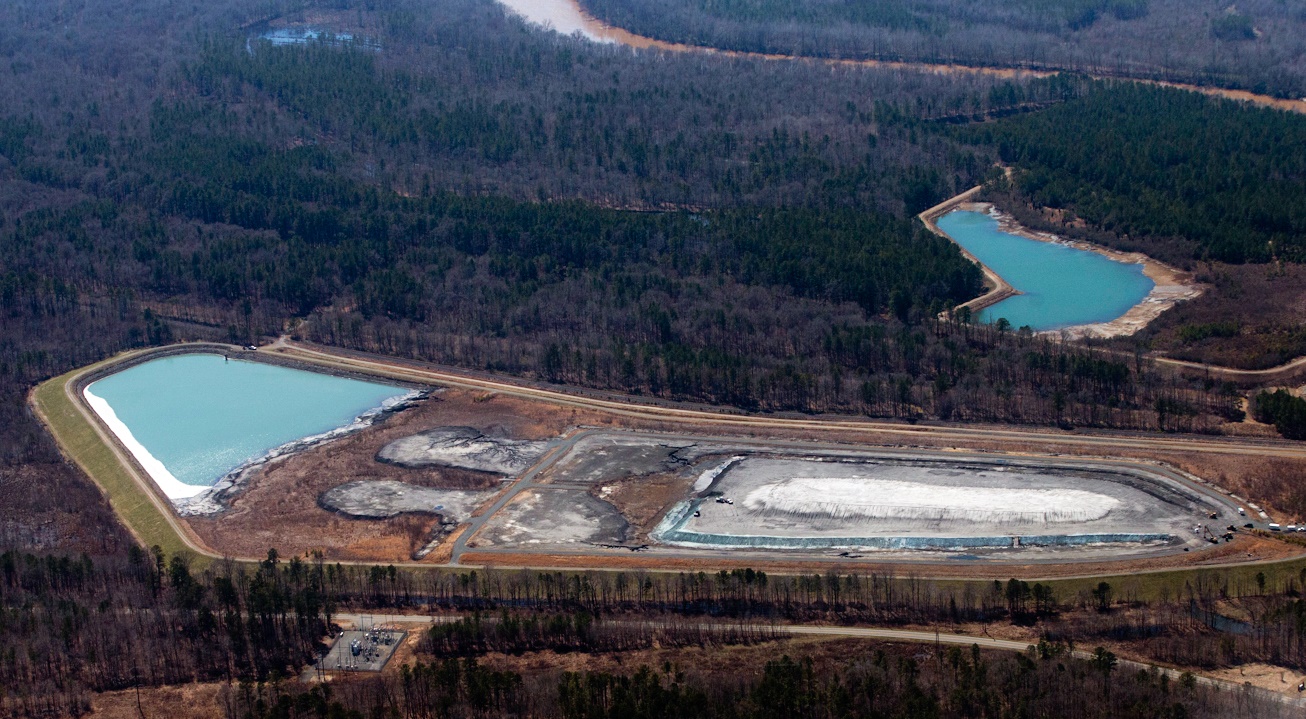


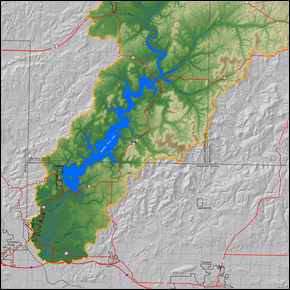
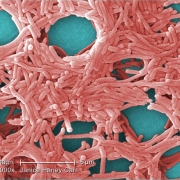
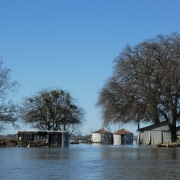



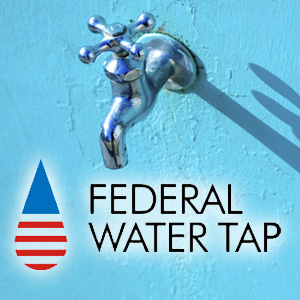

Leave a Reply
Want to join the discussion?Feel free to contribute!